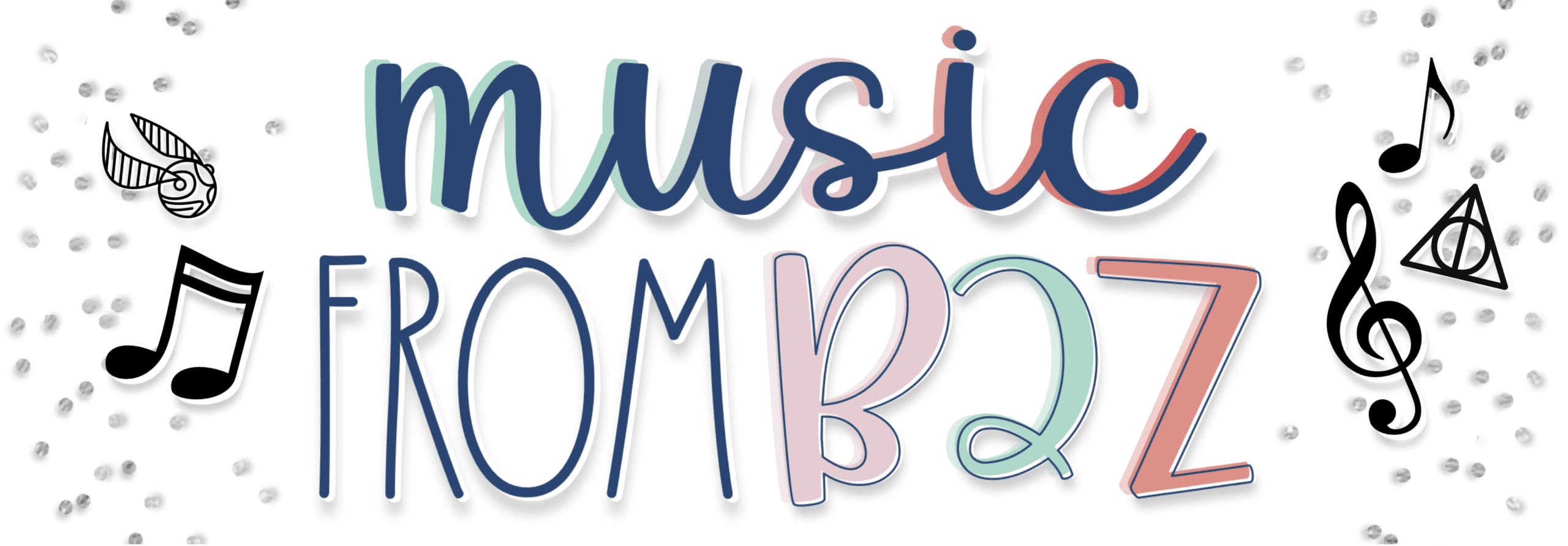Alright y’all. We’ve reached the last part of our Small Group Instruction in the Music Room series!
Putting it all Together
Before we talk about engagement and assessment, let’s recap Parts 1-4 of this series. We learned that setting up your small group expectations and lesson structure is key. Teaching your kiddos how to maneuver these activities on their own will help you get your time back in the classroom! I also shared how flexible seating helps me run small groups and stations more efficiently.
In Part 3 and 4 of the series, we discussed just a few of the ways you can run small groups in your music classroom. Today, we’re going to talk about how this style of teaching has given me the time I need to focus on the individual needs of every student in the building.
Get Your Time Back
Being a music (or any specials) teacher comes with challenges. We teach every student in the building, we only see them once a week (or less), we have limited class time, we prepare programs all year long, we’re expected to get through our curriculum and build relationships with kids. Y’all, that’s a lot for one person. This is the real reason why I began using the idea of small group work in my classroom. This style of teaching has truly given me my time back in the classroom.
Picture this….
It’s Friday morning. You’ve had a crazy week of concert prep, teaching your Kindergarteners that high is not the same thing as loud, chorus rehearsals, and IEP meetings. To say your brain is fried is the understatement of the century.
Your fifth graders will be in your classroom in 10 minutes and you need a break. You decide to let them do some “free choice stations” to review meter. You’ve had these prepped for a long time, but haven’t pulled them out for this group of kids. The 5th grade class comes into your room and you tell them that today is a free choice station day to review the meter concepts you’ve been working on.

As you explain each station, you tell them they will need to complete 3 of the 5 activities before the class is over. The students are released to pick their first station as you remind them to keep an eye on their time. Then, they work…on their own…without you. You are able to roam around the room and check on their progress. You are able to individually pull students to help them master a concept. You are able to check in with a choir student who missed after school practice on Tuesday. You are able to meet the needs of ALL the students in the classroom.
Game Changer
I know I’ve said it before, but this style of teaching has been a game changer for me. I can take the time I would normally spend teaching whole group to focus on the needs of individual students. What’s even better is that my students are engaged throughout their small group/station time. Because they know what I expect of them, they can work without constant instruction from me. My kiddos truly enjoy stations and small group work. They get to sit with their friends, play games, make crafts, and enjoy their time in music.
I hope you have enjoyed this series about how I do small groups & stations in my music classroom. If you have any questions about how to impliment this in your classroom you can always reach me on instagram @musicfromb2z.



